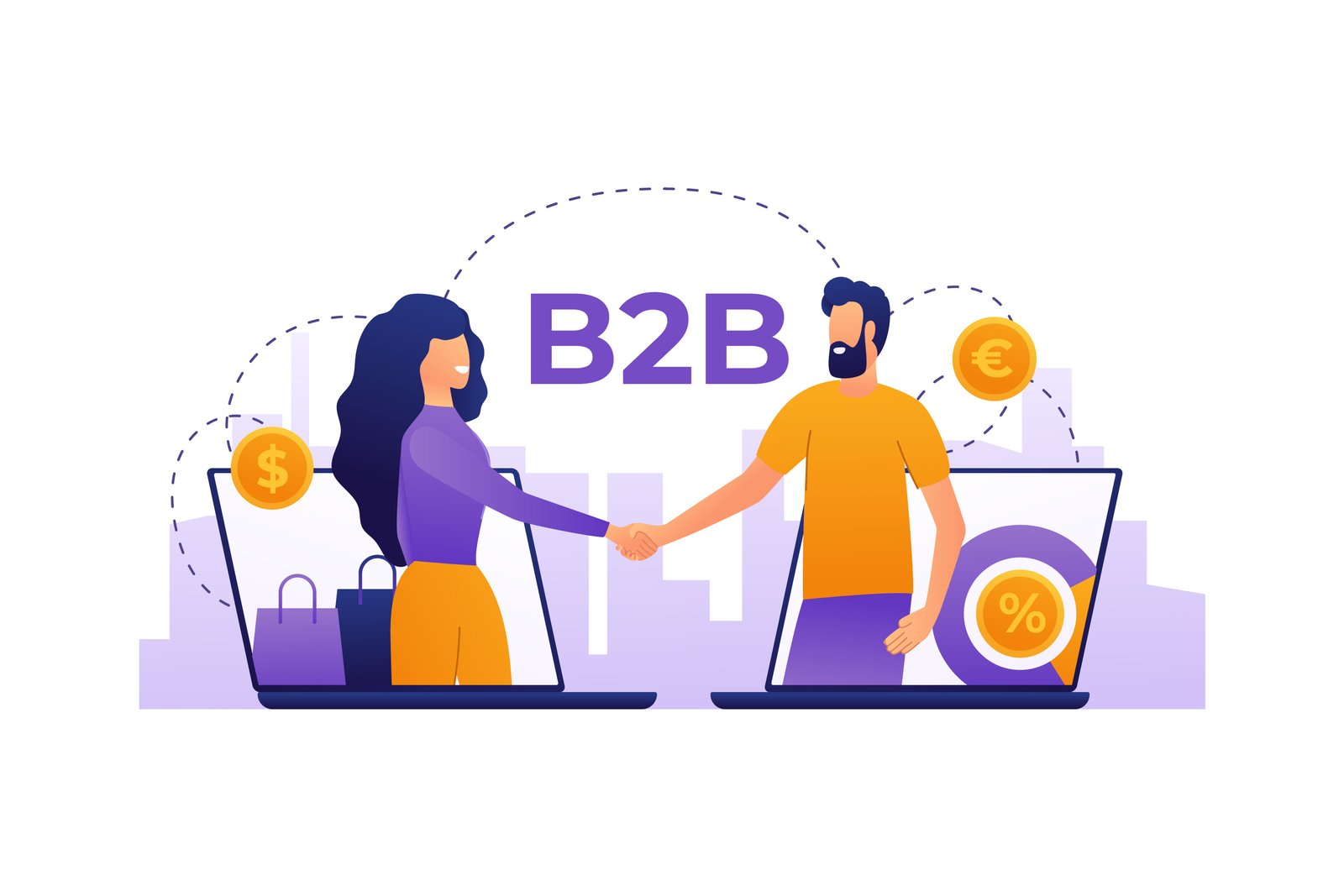Statistics show, 93% of B2B buyers start their journey with a simple online search. That’s where B2B demand generation comes in—it’s all about getting your brand noticed early in that search. It’s more than generating traffic; it’s about attracting the right people eager to engage with your business.

Mastering demand generation can help you significantly increase leads, boost your brand’s visibility, and ultimately achieve higher sales conversions. This strategic approach ensures that your business isn’t just seen but sought after. Let’s dive into how you can make this happen.
Understanding the Basics of B2B Demand Generation
It’s a strategic process of creating interest in your products or services among potential B2B customers. Unlike lead generation, which focuses on collecting contact details, demand generation is about nurturing a broad awareness and establishing a connection. It’s not just about being known; it’s about being known for the Right Reasons.
In the sales funnel, demand generation acts at the very top, attracting leads to move them down the funnel from mere awareness to interest, decision, and finally, action. It’s the starting point that fuels the entire customer journey.
Building Your Demand Generation Strategy
Creating an effective B2B demand generation plan is a structured process that ensures all marketing activities are aligned with your business goals.
Start by identifying your target audience. Understand who your buyers are, what they need, and how they make purchasing decisions. Knowing your TA is crucial.
Next, set SMART goals—specific, measurable, achievable, relevant, and time-bound—to provide clear direction and measurable outcomes.
Budgeting is also key. Allocate funds based on the strategies that are most likely to yield returns. Consider investing in tools and technologies like CRM systems, marketing automation, and analytics platforms to streamline processes and enhance efficiency.
Key Components of B2B Demand Generation
1. Content Marketing
High-quality content is essential for attracting and engaging potential customers. Develop content that addresses the pain points and interests of your audience and establishes your brand as a thought leader. Content includes blog posts, white papers, and infographics that educate and inform your target audience.
2. Email Marketing

An effective email marketing strategy involves sending targeted, personalized messages to nurture leads through the sales funnel. You can use segmentation to deliver relevant content to different audience groups, increasing engagement and moving leads closer to conversion.
3. Social Media Marketing
Platforms like LinkedIn are invaluable for B2B demand generation. They allow you to engage directly with potential customers, share valuable content, and participate in industry conversations, enhancing visibility and brand authority.
4. SEO and SEM
Search Engine Optimization (SEO) and Search Engine Marketing (SEM) improve your visibility in search engine results. SEO involves optimizing your website and content to rank higher in organic search results, while SEM involves paid advertising to boost visibility. Both are crucial for driving targeted traffic to your website.
Nurturing Leads and Sales Enablement
1. Lead Nurturing Strategies
Nurturing leads effectively means engaging them throughout their buying journey. Use email marketing automation to send tailored messages that resonate at each stage. Lead scoring helps prioritize prospects based on their interactions and readiness, ensuring sales focus on the most promising leads.
2. Sales Enablement
Align marketing and sales for seamless lead transitions. Equip sales teams with the latest content, like case studies and product details, to help them educate and convert leads effectively.
Measuring and Optimizing Your Demand Generation Efforts
1. Key Performance Indicators (KPIs)
Track website traffic, leads generated, and sales-qualified leads to measure demand generation success. These KPIs highlight the health and potential areas for improvement in your strategies.
2. Marketing Analytics Tools
Use tools like Google Analytics and CRM systems to gather detailed campaign data. This helps in understanding which strategies work and which need adjustment.
3. A/B Testing and Optimization

Employ A/B testing to refine campaigns. Test different campaign elements to see what works best, allowing for data-driven optimizations that enhance performance continuously.
Conclusion
Adopting a strategic approach to demand generation is crucial for any brand looking to expand its reach and impact in today’s competitive B2B landscape. By aligning your marketing and sales efforts and continuously measuring and optimizing your strategies, you can attract high-quality leads and convert them into loyal customers.
If you’re ready to take your demand generation to the next level, reach out to Infiniqe Marketing today. Together we can explore how our expertise can help you achieve your business goals. Let’s work together to create a tailored B2B demand generation strategy that drives results and propels your brand forward.
